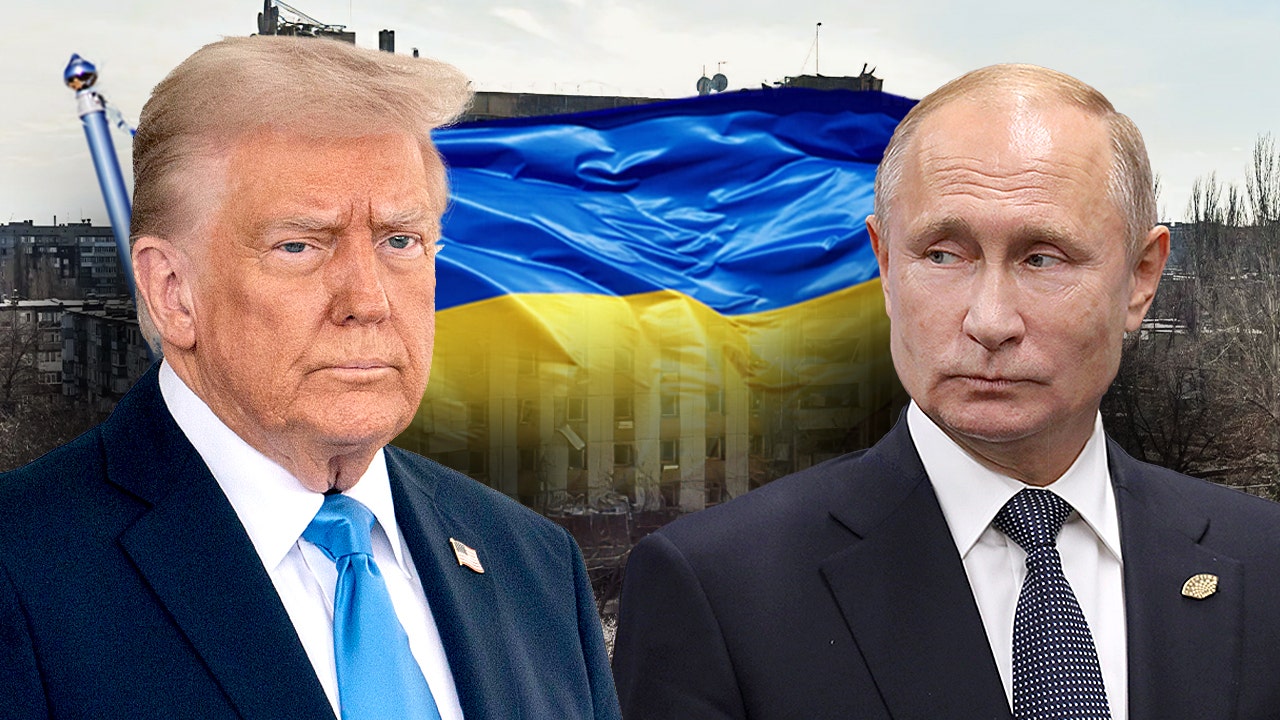Trump sees ‘results’ in ceasefire push, so what’s next?

Russian President Vladimir Putin has agreed to a 30-day ceasefire on attacking Ukraine’s energy infrastructure, following a phone conversation with President Donald Trump. While Trump described the agreement as \”very good\” and \”productive,\” many significant issues remain unresolved.
The temporary truce does not offer protections for troops fighting on the front lines or for Ukrainian civilians facing Russia’s constant aerial bombardments. Ukrainian President Volodymyr Zelenskyy expressed disappointment with Putin’s rejection of a full ceasefire, emphasizing the need for the world to respond firmly to Russia’s actions.
The Trump administration has emphasized that true negotiations can only begin once a ceasefire is secured. However, it remains unclear how negotiations will proceed without civilian protections from Russia’s attacks. The U.S. has pushed for a full ceasefire along the front lines, in the air, and on the Black Sea, but Putin has not agreed to these terms.
Zelenskyy’s delegation has also discussed issues such as the release of prisoners of war and detainees, as well as the return of Ukrainian children forcibly transferred to Russia. While Putin has agreed to a 175-prisoner swap, the fate of the 20,000 Ukrainian children reportedly abducted and taken to Russia remains uncertain.
There are numerous unresolved issues that need to be negotiated, including Ukraine’s potential NATO membership, the presence of peacekeeping troops, Western arms supplies, international observance of Russian-occupied lands, and more. Former CIA Moscow Station Chief Dan Hoffman warned that Putin’s strategic objective is still to undermine Ukraine, and the U.S. must define success based on national security interests.
As negotiations continue, it is crucial for the U.S. to prioritize its own interests and ensure that any deal serves to protect Ukraine and prevent further Russian aggression. The path to peace remains uncertain, but diplomatic efforts must persist to address the complex challenges facing the region.




